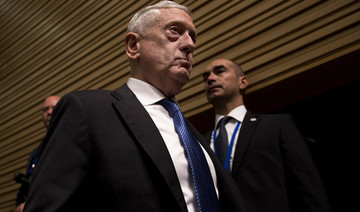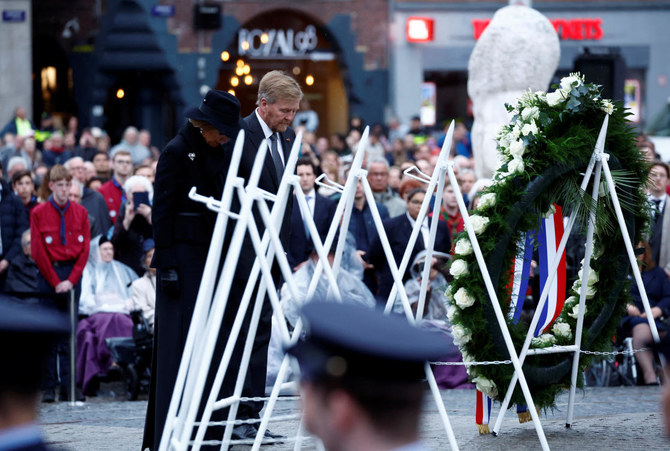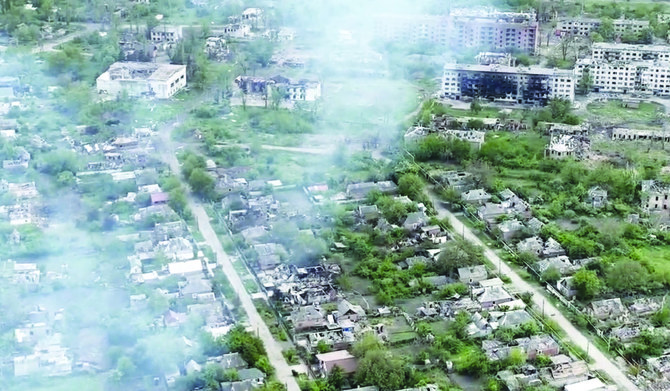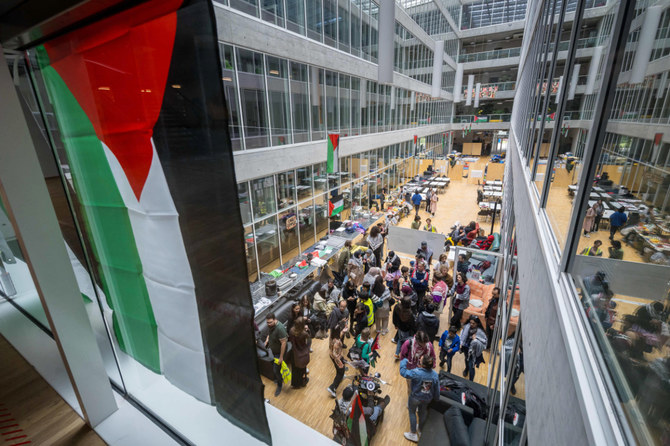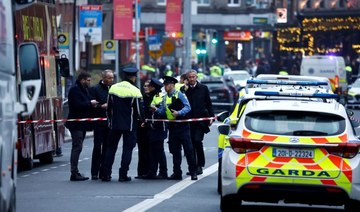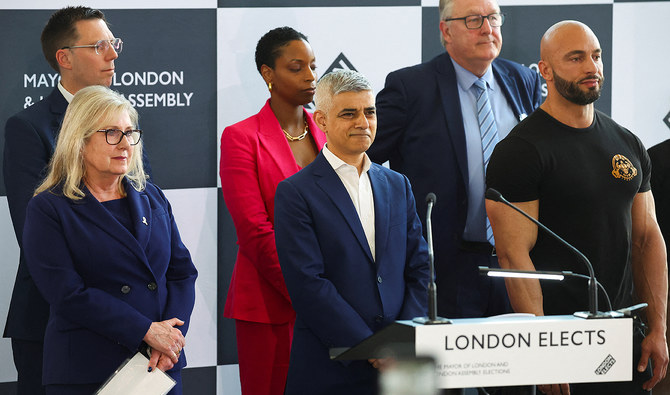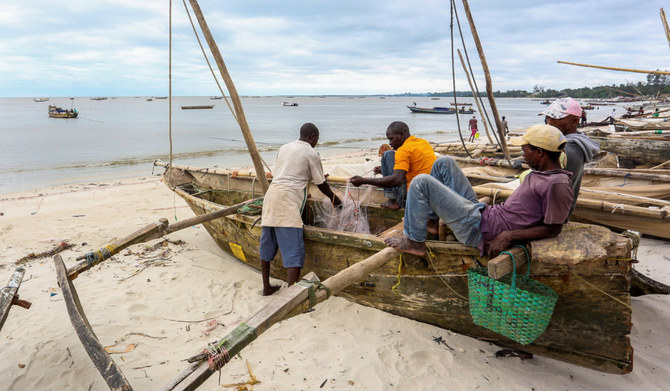SINGAPORE: US Defense Secretary Jim Mattis told his Chinese counterpart on Thursday that the world’s two largest economies needed to deepen high-level ties so as to navigate tension and rein in the risk of inadvertent conflict.
Mattis saw firsthand last month how mounting Sino-US friction can undermine military contacts when Beijing up-ended plans for him to travel to China in October to meet Defense Minister Wei Fenghe.
It was retaliation for recent US sanctions, one of a growing number of flashpoints in relations between Washington and Beijing that include a bitter trade war, Taiwan and China’s increasingly muscular military posture in the South China Sea.
Mattis and Wei made no remarks as they shook hands at the start of their talks on the sidelines of a regional security conference in Singapore. The meeting ended without any public statements.
Randall Schriver, a US assistant secretary of defense who helps guide Pentagon policy in Asia, said Mattis and Wei largely restated differing views on thorny security disputes but agreed on the need for durable ties.
“Both acknowledged that the meeting itself was significant and that high-level communication can help,” Schriver said. “So I think it was productive in that regard.”
Schriver said making military-to-military ties with China less brittle would be crucial to helping reduce the chances of a devastating conflict.
“Two nuclear-armed powers with regional, if not global, interests — we need to make sure that when we step on one another’s toes, it doesn’t escalate into something that would be catastrophic,” Schriver told reporters traveling with Mattis.
Wei has a standing invitation to visit the United States but no date was agreed for his trip, Schriver said.
Managing crises
Military-to-military ties have long been one of the more fragile parts of the overall US-China relationship, with Beijing limiting contacts when tensions run high. That has been a source of major concern for years among US officials, who fear an accidental collision or mishap could quickly escalate.
“What we want in terms of stability are regular interactions at senior levels so we have a good understanding of one another’s intentions, that we have confidence-building measures that will help us prevent an unintended accident or incident,” Schriver said.
“And, should one occur, that we have the ability to manage that, so it doesn’t worsen.”
China has been infuriated by the United States putting sanctions on its military for buying weapons from Russia, and by what Beijing sees as stepped-up US support for self-ruled Taiwan, claimed by China as its sacred territory.
In a recent reminder of the risks amid rising tensions, the Pentagon this month accused China of an unsafe and unprofessional maneuver in the South China Sea that brought a Chinese ship dangerously close to a US Navy destroyer in international waters.
Mattis, speaking to reporters as he flew to Asia this week, rejected Chinese claims that the United States was acting aggressively and pointed the finger at Beijing.
“When the Chinese ships are putting bumpers over the side ... You don’t do that when you’re out in the middle of the ocean, unless you’re intending to run into something,” Mattis said.
But tensions between the United States and China have already extended well beyond naval maneuvers and even the bitter trade war.
US President Donald Trump last month accused China of seeking to meddle in Nov. 6 congressional elections, a charge almost immediately rejected by Beijing.
Vice President Mike Pence, in what was billed as a major policy address, renewed that and other accusations this month and added that Chinese security agencies had masterminded the “wholesale theft of American technology,” including military blueprints.
The Pentagon’s top concerns have been China’s rapid military modernization and simultaneous creation of military outposts in the South China Sea, a strategic waterway vital for international trade. The Pentagon withdrew an invitation to China to a multinational exercise earlier this year in protest.
China expressed disappointment to Mattis on Thursday over that decision, Schriver said.
“Minister Wei said that he did hope that there’d be future opportunities. And if the relationship progresses that way, I’m sure we’ll entertain it,” Schriver said.
“But we’re not there right now.”




